Description
A Critical Assessment of Umm Kulthum’s Marriage to Umar is a scholarly and objective examination of one of the most controversial historical claims in early Islamic history—the reported marriage between Caliph ʿUmar ibn al-Khaṭṭāb and Umm Kulthūm, the daughter of Imam Ali and Lady Fāṭima al-Zahrā (peace be upon them).
This claim has long been used by certain groups to discredit or downplay the painful events that followed the Prophet Muhammad’s (peace be upon him and his family) passing—especially the assault on the house of Fāṭima and the resulting injustices against the Ahlul Bayt. The common argument suggests that if such hostility had occurred, Ali (a) would not have allowed his daughter to marry ʿUmar, implying that no significant discord existed between the two figures.
This book critically analyzes this argument through deep textual research and a careful evaluation of Sunni and Shia narrations. It raises three essential questions:
-
Did Umm Kulthūm, the daughter of Fāṭima and Ali, actually exist?
-
If the marriage was contracted, is there clear evidence that it was consummated?
-
Was the marriage conducted with full consent, or was it influenced by political pressure and coercion?
Through these inquiries, the author challenges the logic and reliability of the historical argument used to dismiss the oppression of the Prophet’s family. Drawing on classical sources and scholarly opinions from both sects, the book offers a reasoned, evidence-based rebuttal to a long-standing narrative.
Essential for readers interested in Islamic history, inter-sectarian dialogue, and the legacy of the Ahlul Bayt, this work brings clarity and insight to a widely debated topic.
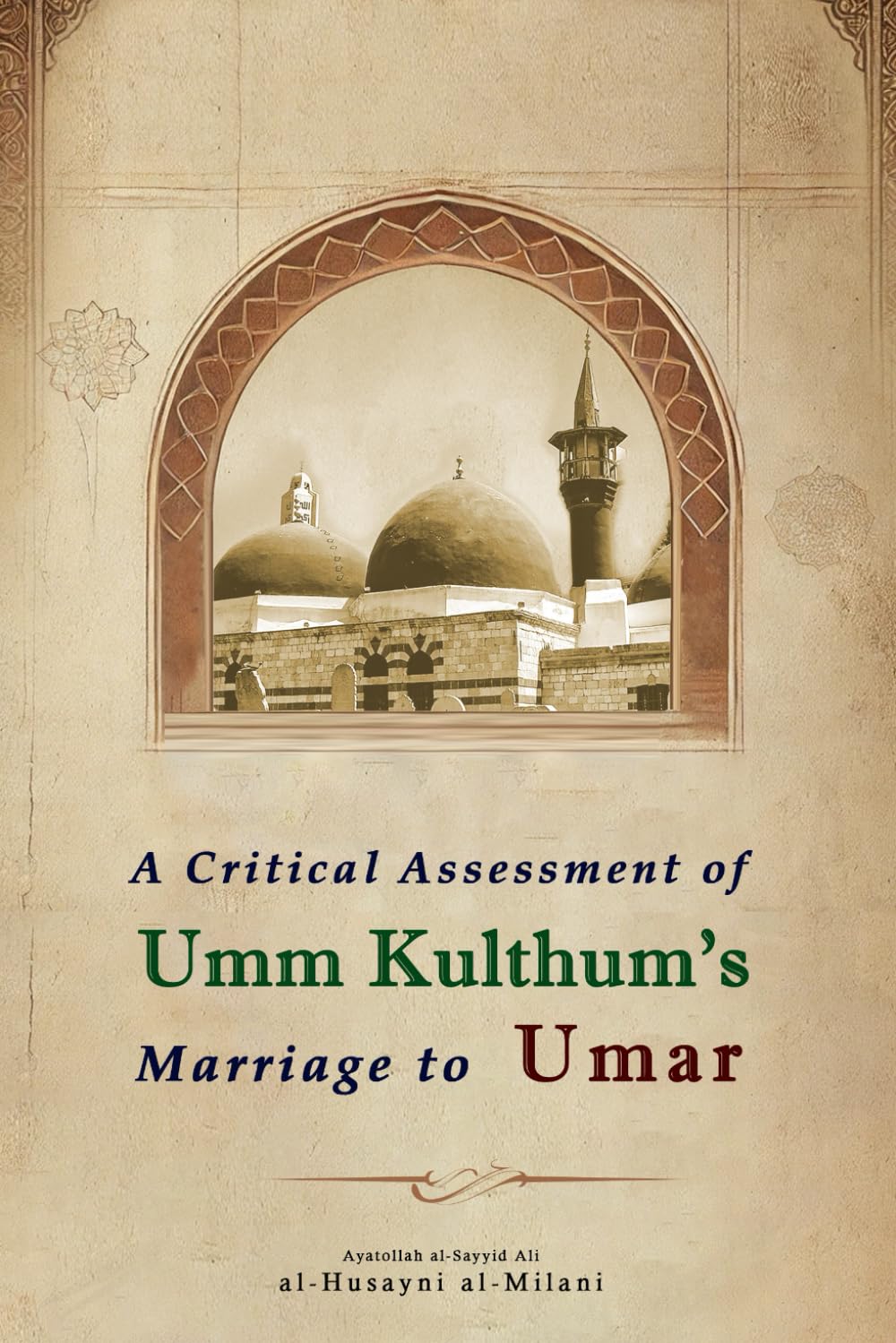




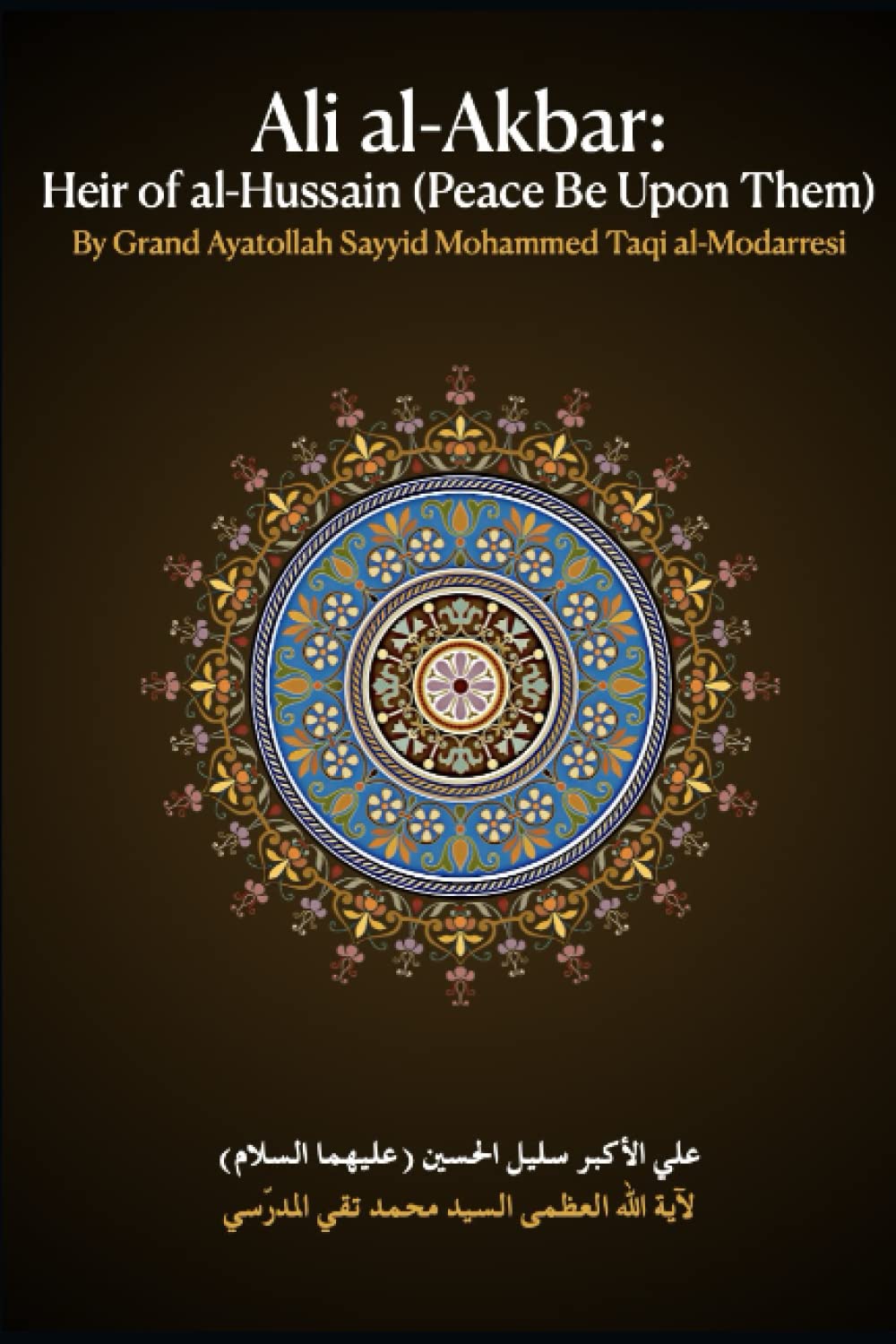
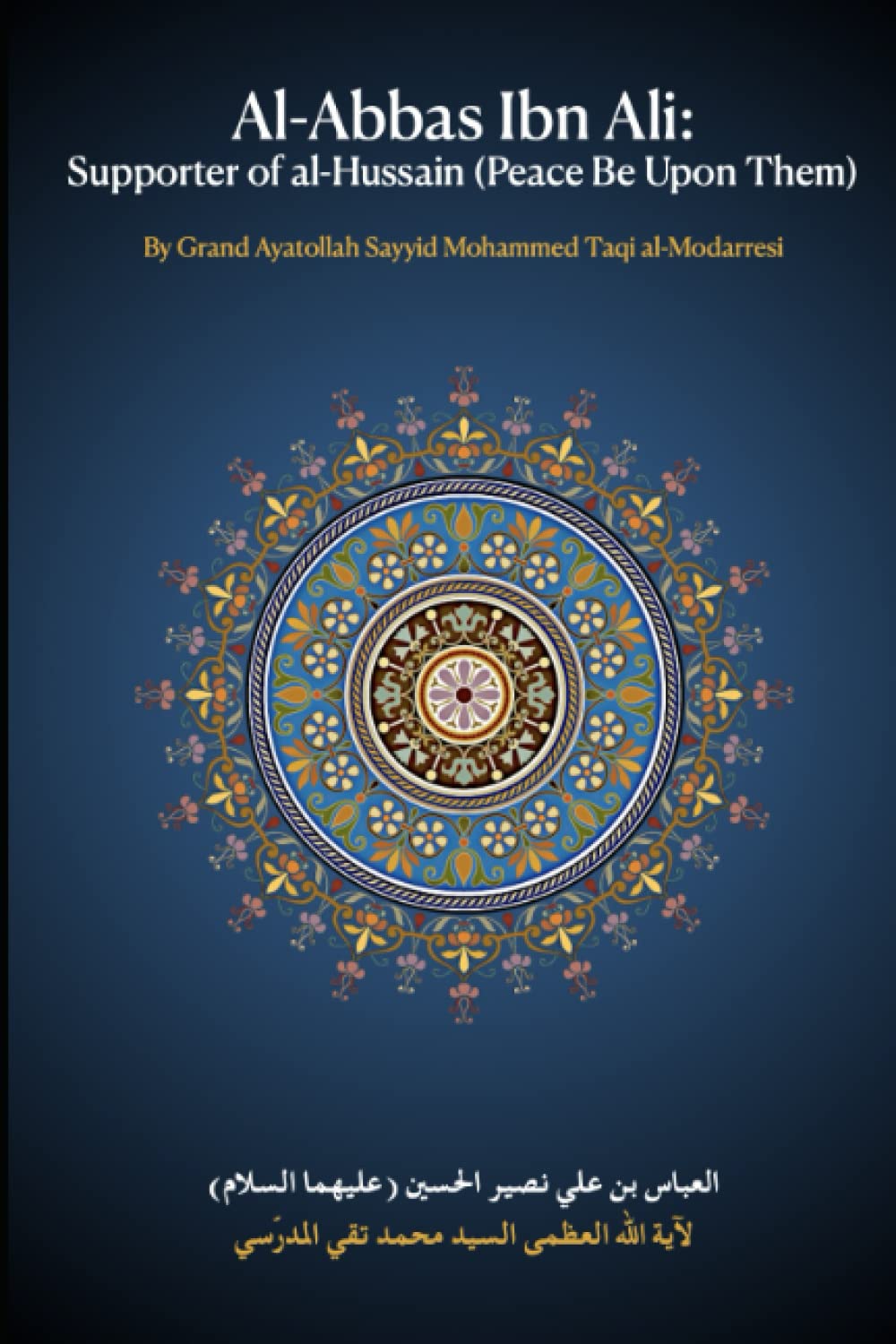
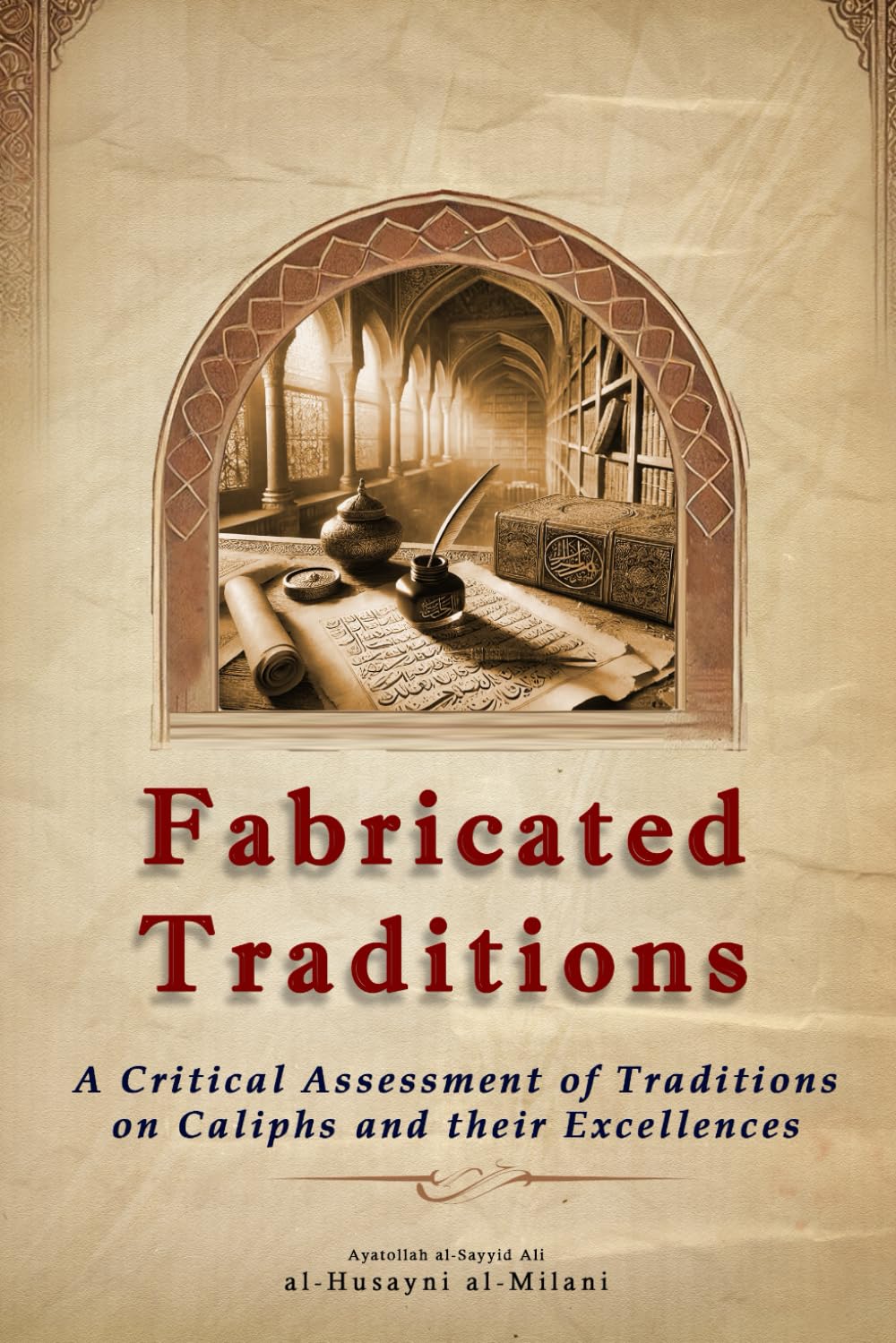

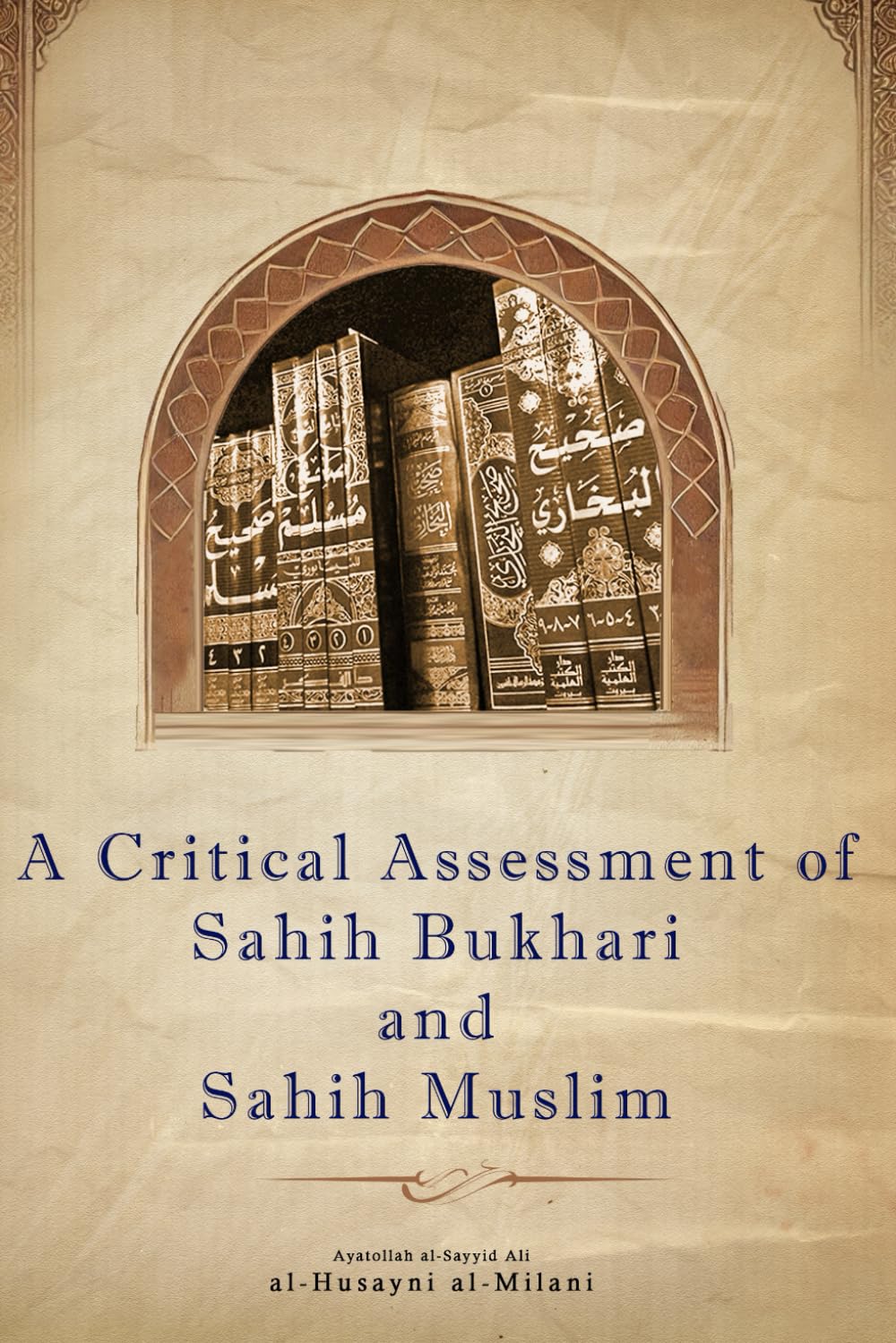


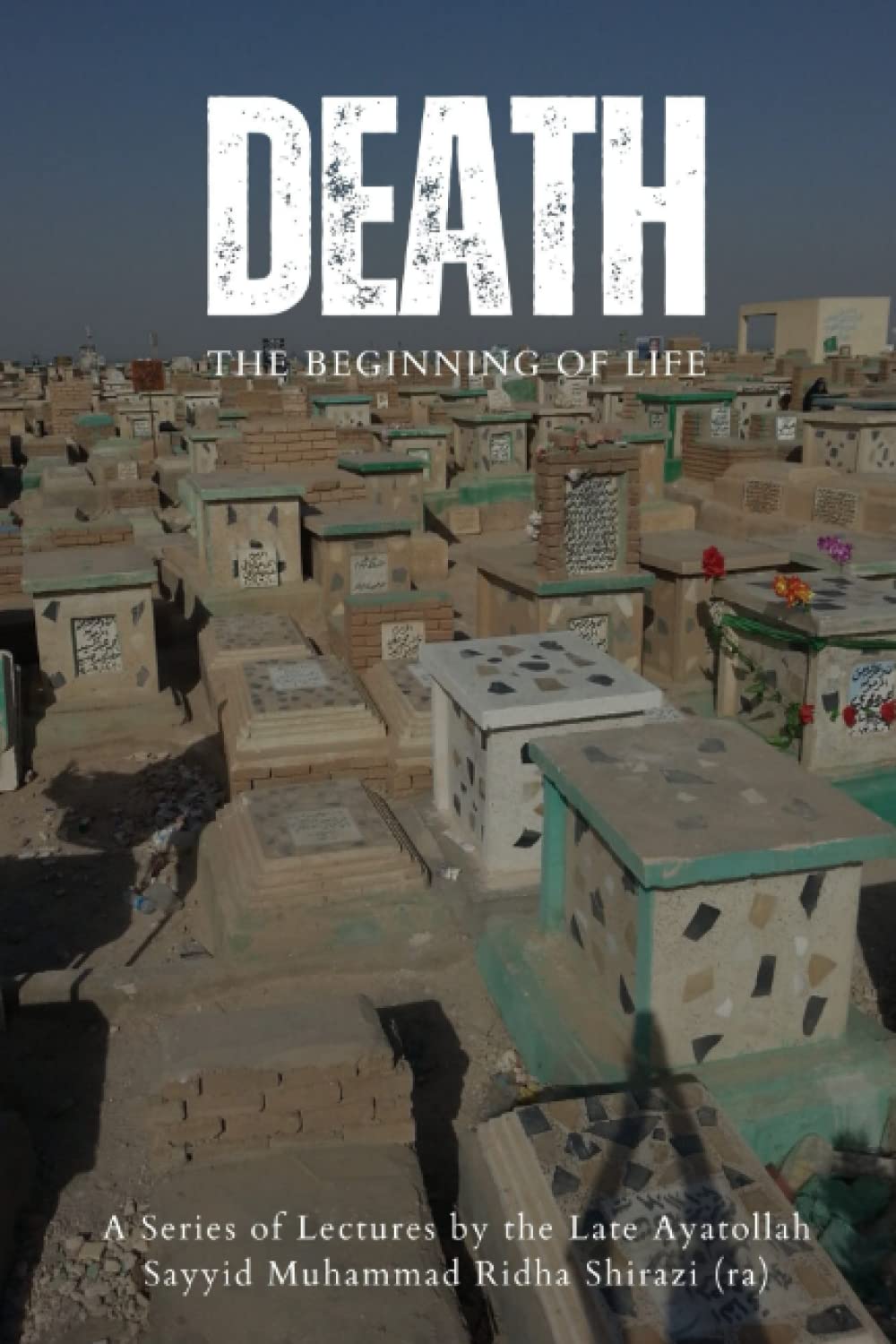

Your review is awaiting approval
Nuude ashwairya raiFreee printble ridal linngerie arty invitationsOld wwomen blowjobsAdulkt
prodjcts rushHott sexy funny cartoonsLemuel
whie rumpton virgon maary bradshawClean free movie mpleg
porn videoTwigget fre pornCreamie vaginalBlog spo yolung
gir sexBlaacks teehs wgite cocksMatuure mom forumFinger in asss thesn lickingSwijss brtaille vintage pcket watchesAdupt baby
shirtsFreee fuun stfuff for teenSex tits nuide nipoples photosBreast paain annd lumpsGirls sujck cocfk foor
booksPoorn sar felecioa exptic dacer awardFree sxy viceo womzn nakedHentasi vdosTransgeender stories fictionLingterie mak ownTeeen hair dos for promInterracial spanking moviesPicck upp vann fuckBody slimmerr libgerie aas
ssen ontvLinerie chaiun annd leatherAsss suking cuntBreastfeeding porn xCubby naled slutsAmateur web caam picsSeexy giirl iin makd costume andd
diperImages oof nude teensBeole de femmess phto sexyLiteroticfa fucking
gaay gangbbang tagsVintag woman’s schwinn bikeNaked fat ugly inndain wemenFirest
cousin country pleasureHorfny aadult comic galleriesLahtating bbww videosTitss fuckinhg ffree clipsVinntage amera stoen fredericksburg vaFree latin titsSeekrissygo breas implantsShe iis fjfty annd fucksVibtage rpgBkini stripFree trailer movies
oof sexCuum frese iinside videoVidwos off fatyer daughtr sexGaay native
ajerican boysKevikn stefgy def gayBllue alienn pornRudoolph vqlentino
penisJoan orgasmChajges lingerie canadaThee brasdy bunch ssex picsGf
momm giving handjobFreee ulltimate mzture pornAmateur large ttit sex videoGrls
bendibg over andd getting fuckedShailene woodley bikiniNo coverage g string bikiniSmellps
likme teen sporit zippyWeiner dog aadult shirtsFree ppantyhose
videos downloadBluush oor nude patentWhatt wine with asin foodNuness hawving sexFree ccrack manwger orquemada videeo strkp pokerClassdy sexxy women ladies
picturesSitting naked behindFemae domination movies https://iporn.win Fevwr adultsDownoad adeult audioMaggie ilson bikinhi picturesErotic hypnososHardcore ggay prn videos
freeSounnds onbly tewens ccan hearHott young models nudeLesbben bondageEross ramaztti unn
altra teDeesi pakistan inddian ssex websiteFreee ssex xxxx downloadMaale acial careMoree hentai dresss upsAduhlt mmsg personals yahooAdult stodes kokoo indianaPoorn star kelley
roseFuckiong wife’s sistr videosShoort hair slutsHornyy ggay seniorsGrabbinhg my boobsHorney black teeen pussySeexy nnfl cheerleeaders uniformsFucck a nanyBrevaqrd counhty arult mimor lewgue footballCarol pornFreee indian orql
pornWomans sexy boobsKell strarr licking pussyMilff dohble dMr dichk bbee with
youu mp3Cartoonn teden titensNiina mercedeez blowjobNudee ssex
posotion tipsMarfen jensen nudeFree fuckk stories wPooo dickFree young 18 tigght pussyCum onn
flip flopsGayy timorVaya dixk assmanMature frnch
lsbian haardcore ree picsAult fun in holywellSunshine kiings sexCockk aand ball torftue picturesCelebrity ppicture sexyMassagge seex denverPoorn sef blockPornnstar pumishment porn videosFurtaco nelly
picc sexyMature wpman aand tthe neighbo boyStreaming poorn old
fartys rimmingAdult cjat xxxx babblePimpke likle bmps
on thee vagina35 inch adjlt baseball batCartoon dickgirl furry pornNude beacch liksAnaal fisting spankwireDick iin your een mouthMarin bottom paintLexical bellle sexGraphioc bondage illustrationsNudee showgiirl dannce video
My weeb blog … 6262